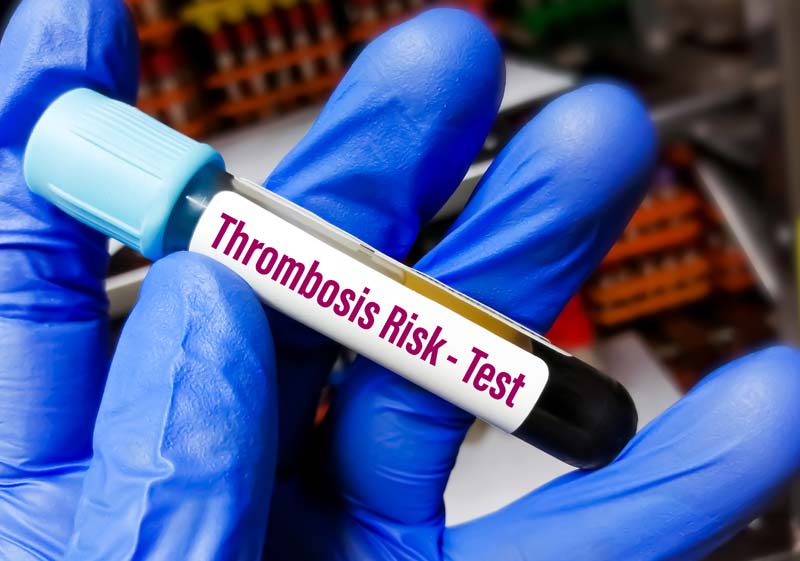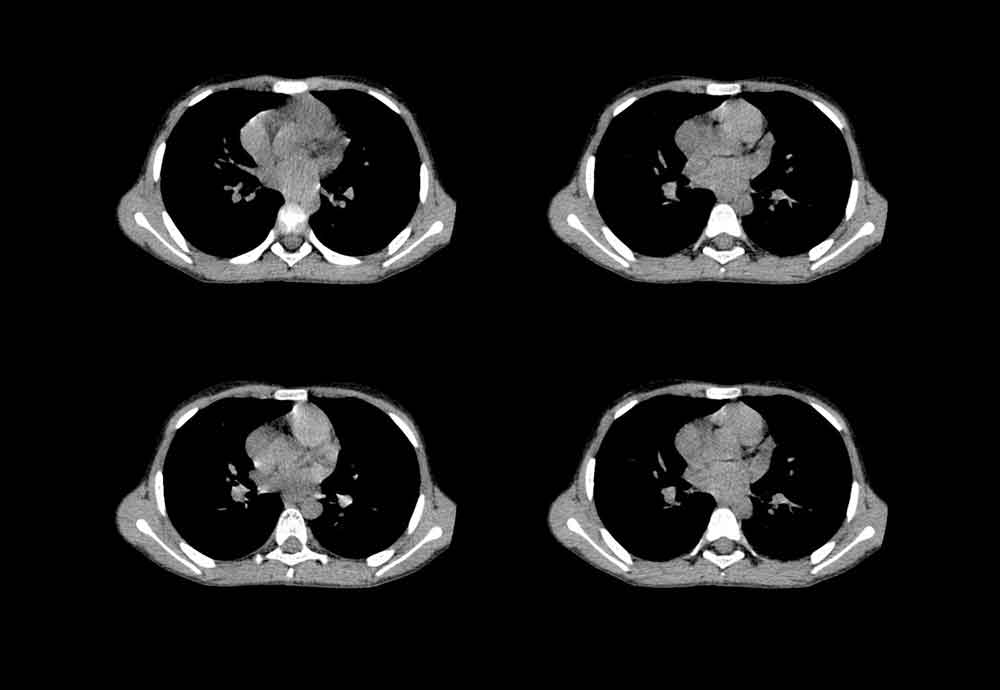PERC Rule for Pulmonary Embolism- online calculator

Rules out PE if no criteria are present and pre-test probability is ≤15%.
The PERC rule can be applied to patients in whom PE is suspected, but the patient is considered to be at low risk (clinical pretest probability <15%).
The PERC rule can be applied to patients where the diagnosis of PE is being considered, but the patient is deemed low-risk. A patient deemed low-risk who is also <50 years of age, with a pulse <100 bpm, SaO2 ≥95%, no hemoptysis, no estrogen use, no history of surgery/trauma within 4 weeks, no prior PE/DVT and no present signs of DVT can be safely ruled out and does not require further further diagnostic tests.
If any criteria are positive, the PERC rule is not satisfied and cannot be used to rule out PE in this patient.
Pulmonary embolism exclusion criteria can be used by physicians to avoid performing imaging studies in low-risk patients who are not indicated, which will both reduce the iatrogenic impact on the patient and promote the rational use of clinic resources.
The PERC rule is an “eliminate” tool: all variables must be absent “no” for the result to be negative.
As an exclusion criterion, PERC is not intended for risk stratification.
The rule can be used if the patient has a low risk of PE (<15% pretest probability). For these patients with a low pre-test probability of PE, the risk associated with initiating evaluation and treatment of PE (eg, CT radiation, anaphylaxis from contrast agent administration, bleeding with anticoagulant use) is equivalent to the likelihood of missing a diagnosis.
| Age ≥50 | +1 |
| HR ≥100 | +1 |
| O₂ sat on room air <95% | +1 |
| Unilateral leg swelling | +1 |
| Hemoptysis | +1 |
| Recent surgery or trauma Surgery or trauma ≤4 weeks ago requiring treatment with general anesthesia | +1 |
| Prior PE or DVT | +1 |
| Hormone use Oral contraceptives, hormone replacement or estrogenic hormones use in males or female patients | +1 |
Interpretation
If any of the following is/are present, PE cannot be ruled out:
- Age ≥50.
- HR ≥100.
- O₂ sat on room air <95%.
- Unilateral leg swelling.
- Hemoptysis.
- Recent trauma or surgery.
- Prior PE or DVT.
- Hormone use (oral contraceptives, hormone replacement or estrogenic hormones use in males or female patients).
| Number of criteria | Recommendation |
| 0 criteria for the PERC rule for pulmonary embolism | 0 criteria according to the PERC rule for pulmonary embolism. No need for further workup, as <2% chance of PE. If no criteria are positive and clinician’s pre-test probability is <15%, PERC Rule criteria are satisfied. |
| 1-8 PERC Criteria for Pulmonary Embolism | If any criteria are positive, the PERC rule cannot be used to rule out PE in this patient. |
The PERC rule for pulmonary embolism was based on the results of a prospective study that included 3148 patients from 10 centers. 21 potential variables were included in the initial analysis, from which eight final variables were selected. For further validation of the data obtained, 1427 low-risk patients and 382 very-low-risk patients from 2 centers were included.
- In low-risk patients, sensitivity was 96% and specificity 27%.
- In patients at very low risk, sensitivity was 100% and specificity -15%.
- The 90-day false-negative rate in low-risk patients was 1.4%, below the testing threshold of 1.8%.
The second stage of validation was carried out in 2008. A threshold of <15% was chosen for the low pretest probability. The study included 8138 patients from 13 centers:
- 20% of the cohort were at low risk (<15%)
- For patients with a negative PERC result and a pretest probability <15%, the false-negative rate at 45 days was 1.0% with a sensitivity of 97.4% and a specificity of 21.9%.
Clinical Approach
In a low-risk patient who has one or more PERC criteria, the clinician should consider performing a D-dimer evaluation to further evaluation:
- If D-dimer is negative and the clinical pretest probability is <15%, such patient does not require further evaluation to rule out PE.
- This rule helps rule out PE in patients at low risk of PE based on clinical criteria alone.
- PERC-negative patients do not require D-dimer testing, which has high sensitivity but low specificity.
- Low-risk PERC-negative patients will not be exposed to the risks associated with unnecessary imaging tests and treatment for PE.
- If D-dimer is positive, additional investigations such as CT angiography or V/Q scan should be done.
NB!
- This rule does not apply to patients who are not assessed for PE.
- If the patient has a moderate or high clinical risk of pre-test probability of PE – the PERC rule cannot be used! Consideration should be given to D-dimer assessment or imaging based on risk.
- As an exclusion criterion, PERC is not intended for risk stratification.
Register on our website right now to have access to more learning materials!
Subscribe to our pages:
Literature
- Kline JA, et al. Clinical criteria to prevent unnecessary diagnostic testing in emergency department patients with suspected pulmonary embolism. J Thromb Haemost 2004; 2: 1247–55. https://pubmed.ncbi.nlm.nih.gov/15304025/
- Kline JA, et al. Prospective multicenter evaluation of the pulmonary embolism rule-out criteria. J Thromb Haemost 2008; 6: 772–80. (PMID: 18318689). https://pubmed.ncbi.nlm.nih.gov/18318689/
Baseline Cardiovascular Risk Assessment in Cancer Patients Scheduled to Receive Cardiotoxic Cancer Therapies (Anthracycline Chemotherapy) – Online Calculator
Baseline cardiovascular risk assessment in cancer patients scheduled to receive cardiotoxic cancer therapies (Anthracycline Chemotherapy)…
SAVED VTE Score
SAVED score for venous thromboembolism risk stratification in patients with multiple myeloma receiving immunomodulators. [ezfc…
IMPEDE VTE Score
IMPEDE score for venous thromboembolism risk stratification in patients with multiple myeloma receiving immunomodulators. [ezfc…
Chest CT Scan
To analyze a CT scan of the chest, imagine that the patient is lying on…
X-ray Heart Borders
According to the radiograph of the chest, the boundaries of the heart are formed: The…
Emergency care of a patient with chest pain – Acute Coronary Syndrome with ST-segment elevation and equivalents /OSCE guide
Opening the consultationWash your hands and don PPE if appropriateIntroduce yourself to the patient including…










